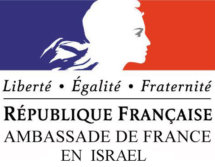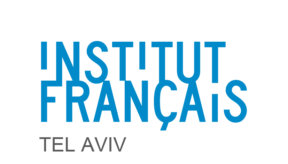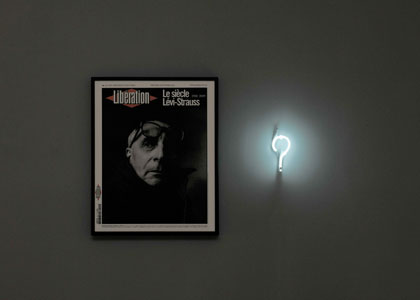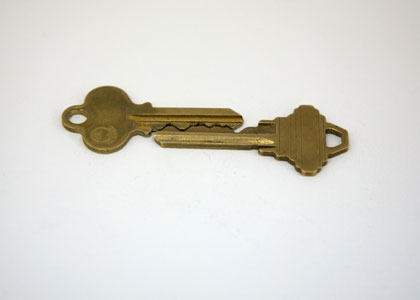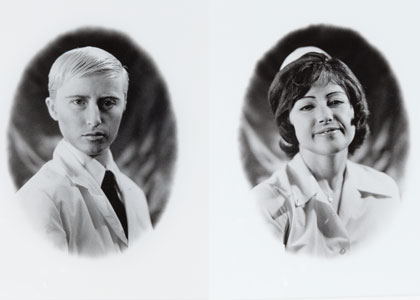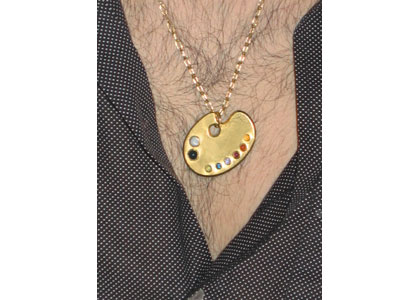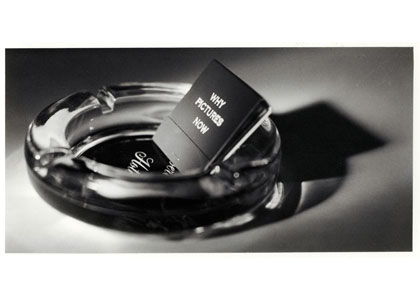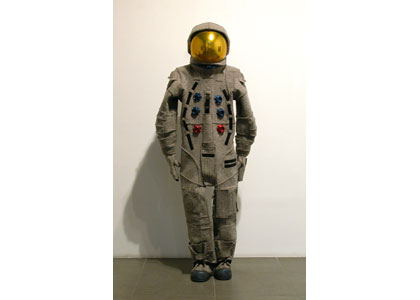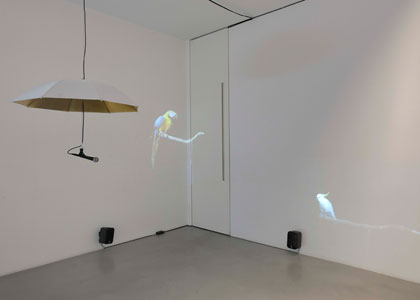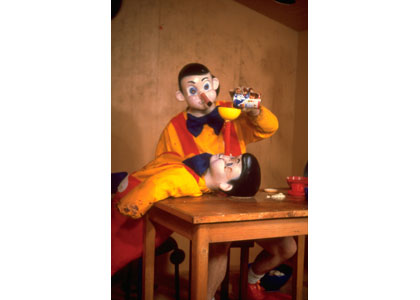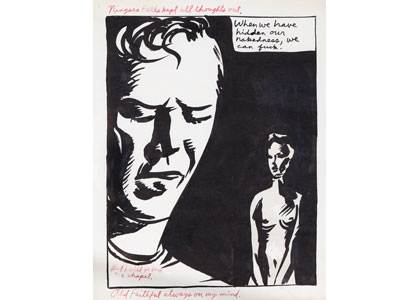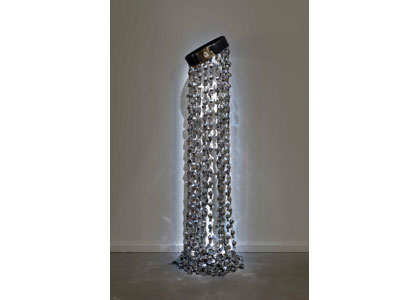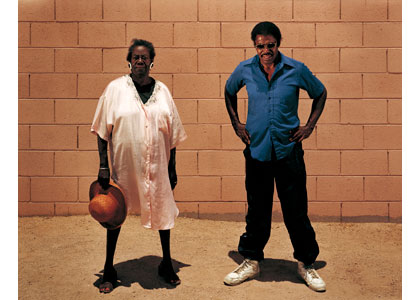Honey, I rearranged the collection
Curator: Ami Barak
30/04/2013 -
24/08/2013

Philippe Cohen’s collection constitutes a coherent and admirable ensemble. Offering these work to public view for the first time, means piercing the Parisian collector’s intimate sphere, bringing an intrusive eye into the life and loves of a person who for years has been constructing a private project, a personal passion. But there arrives a day when the public benefits from the aura of such a subjective enterprise. Collecting is above all making a personal choice about art in order to conserve it preciously and to know as much as possible about the works.
Consisting of poetic and engaged works, the collection is focused particularly on the French scene (Pierre Huyghe, Philippe Parreno, Melik Ohanian, Loris Gréaud), the Israeli (Moshe Ninio, Pavel Wolberg, Miri Segal), but also North American (Paul McCarthy, Mike Kelley, Cindy Sherman, Louise Lawler, Matthew Day Jackson). And is structured around a number of constants, which not only reveal the collector’s philosophical positions, but also his explicit temptations.
The title echoes a work by Allen Ruppersberg and suitably signifies the singular approach that Philippe Cohen has been engaged in for the past twenty years. With their shared cultural and conceptual affinities, these works demonstrate the collectors’ propensity for typologies of language, for the treatment of the idea of time and duration in space, and towards intelligence and artistic humor, even as the status and multiplication of images is continually called into question.
Within this collection, the video is clearly emphasized, and numerous other pieces concern the image in movement. The attentive viewer will discern a particular attention to space and time issues that should induce an active play of appropriation for the thoughtful eye.
Hence, the exhibition proposes to confront the spectator with the collection as a phenomenon of works, unseparated from Philippe Cohen’s everyday existence. And the result is an unquestionable pleasure and the intuitive apprehension of works, which allow the viewer to encounter virtually the artists.

